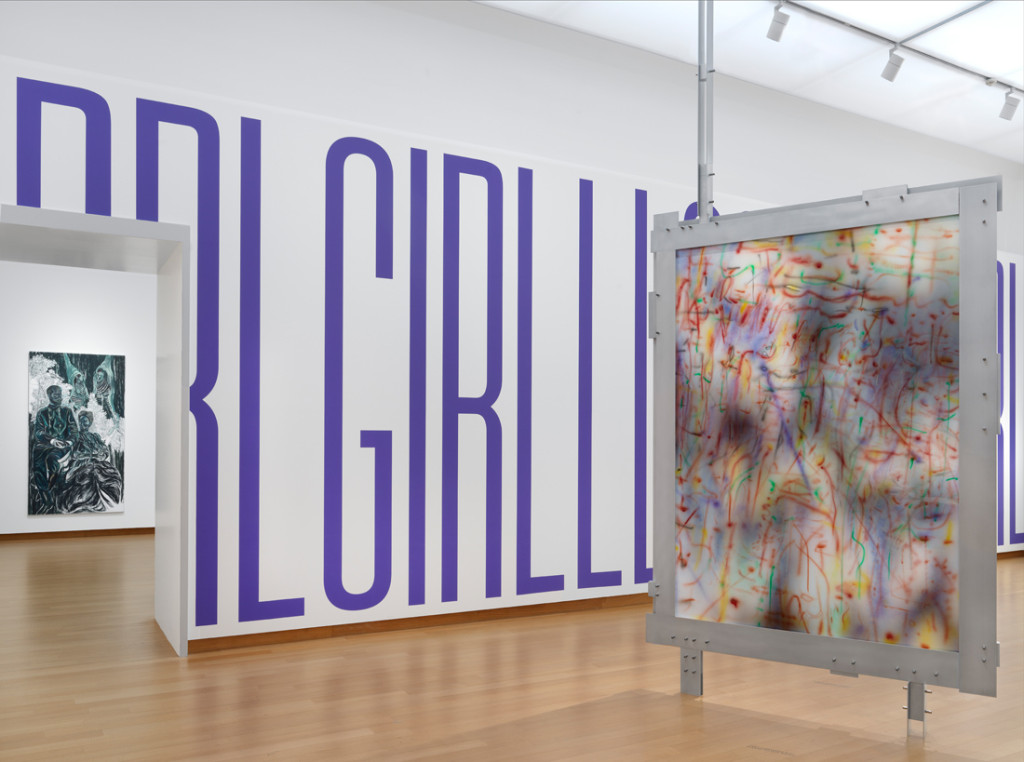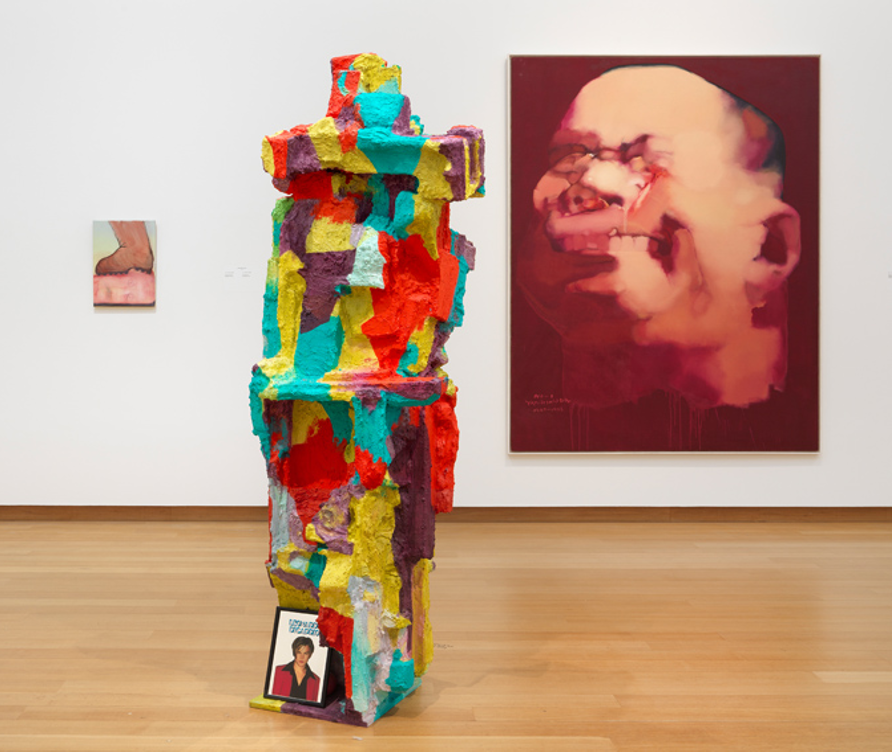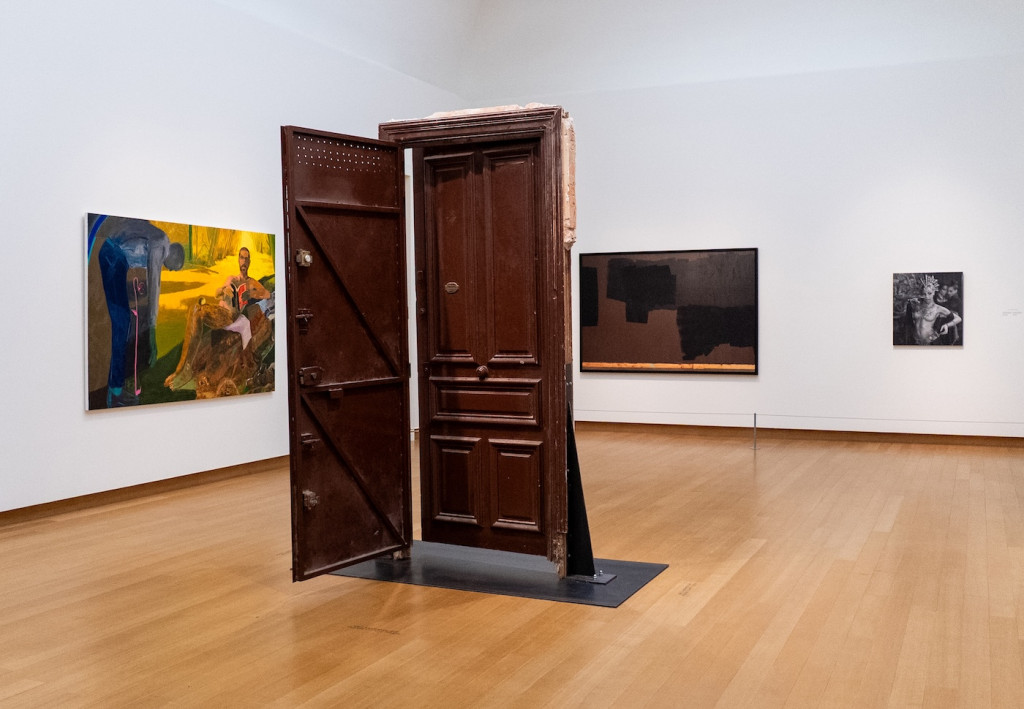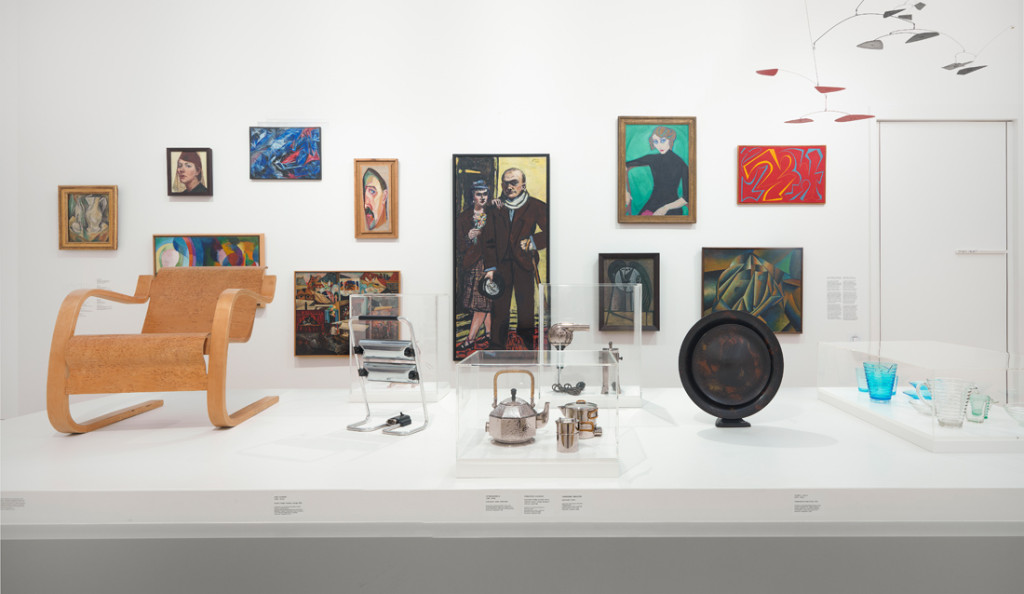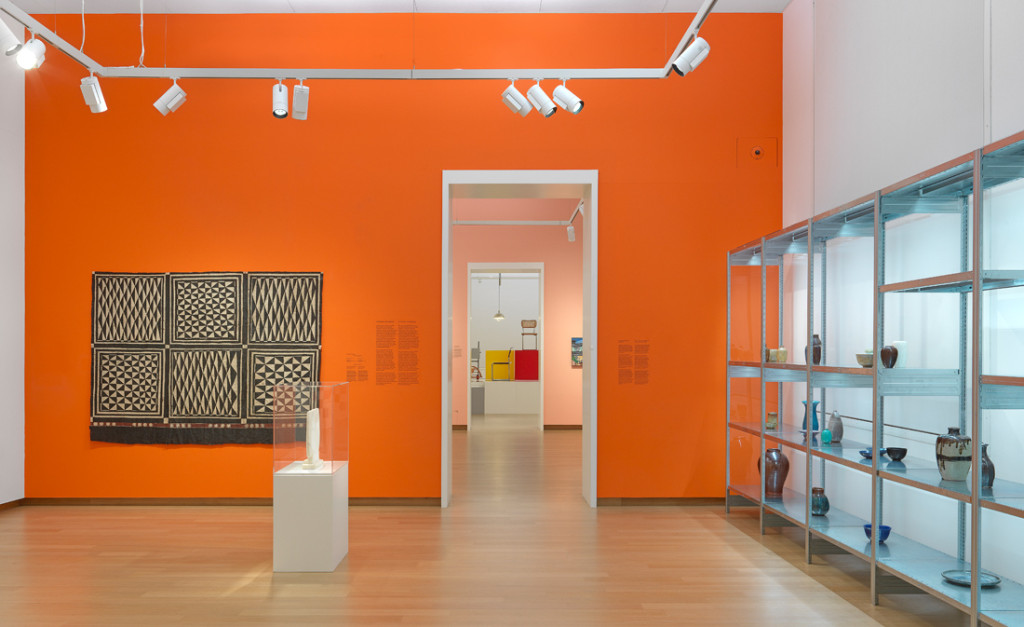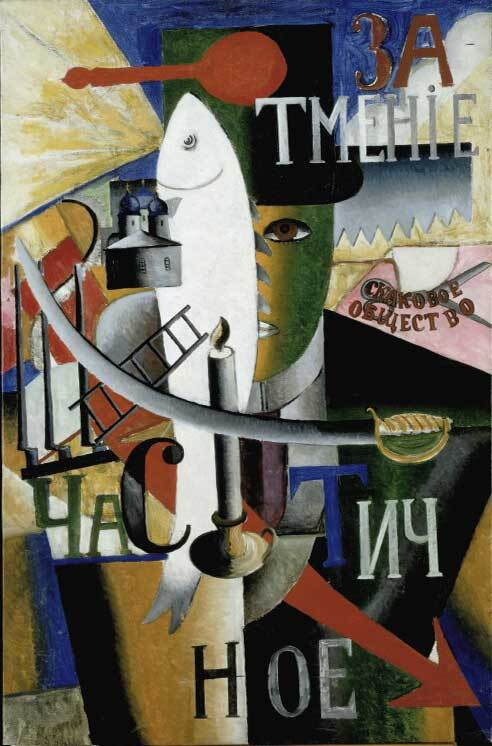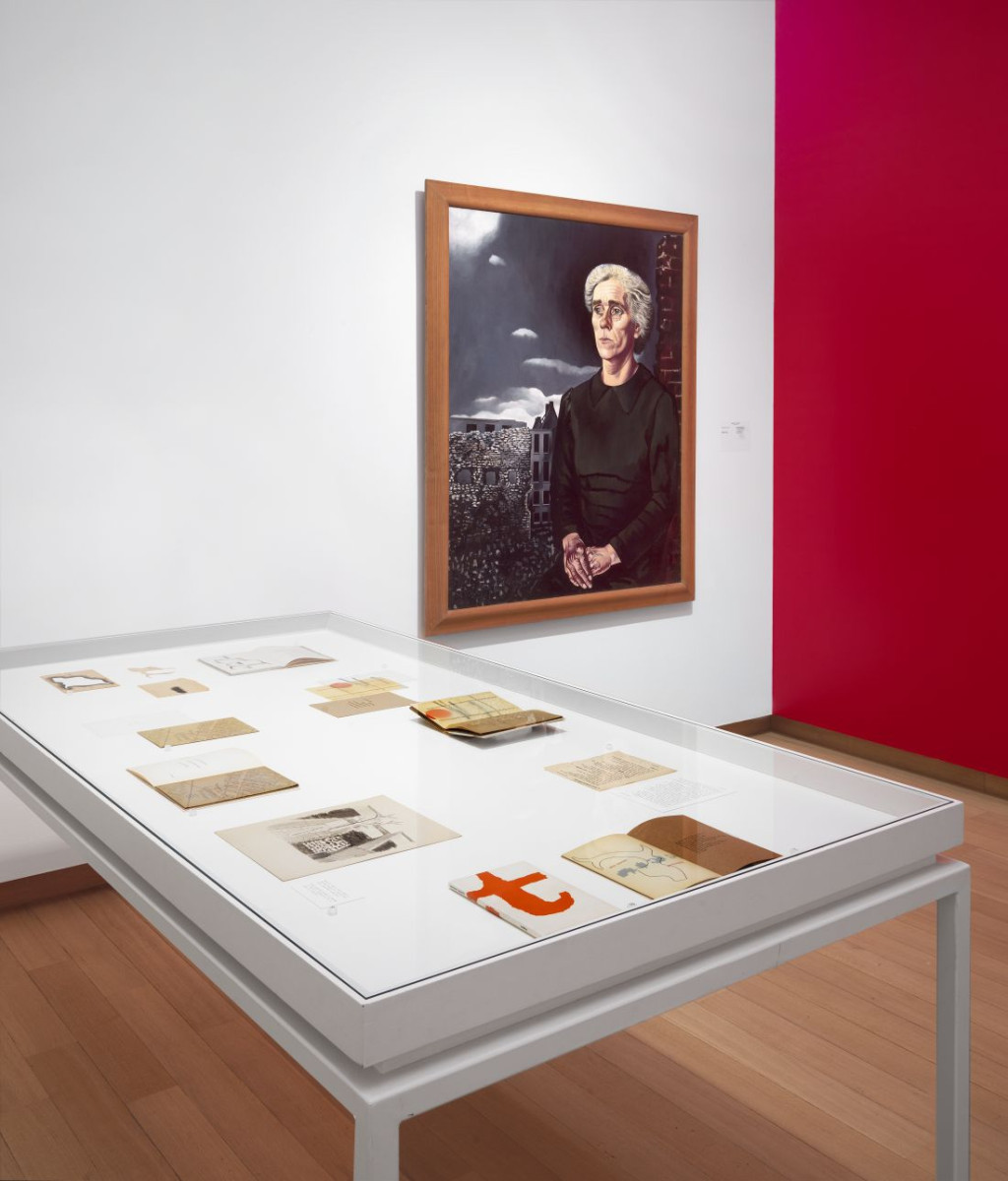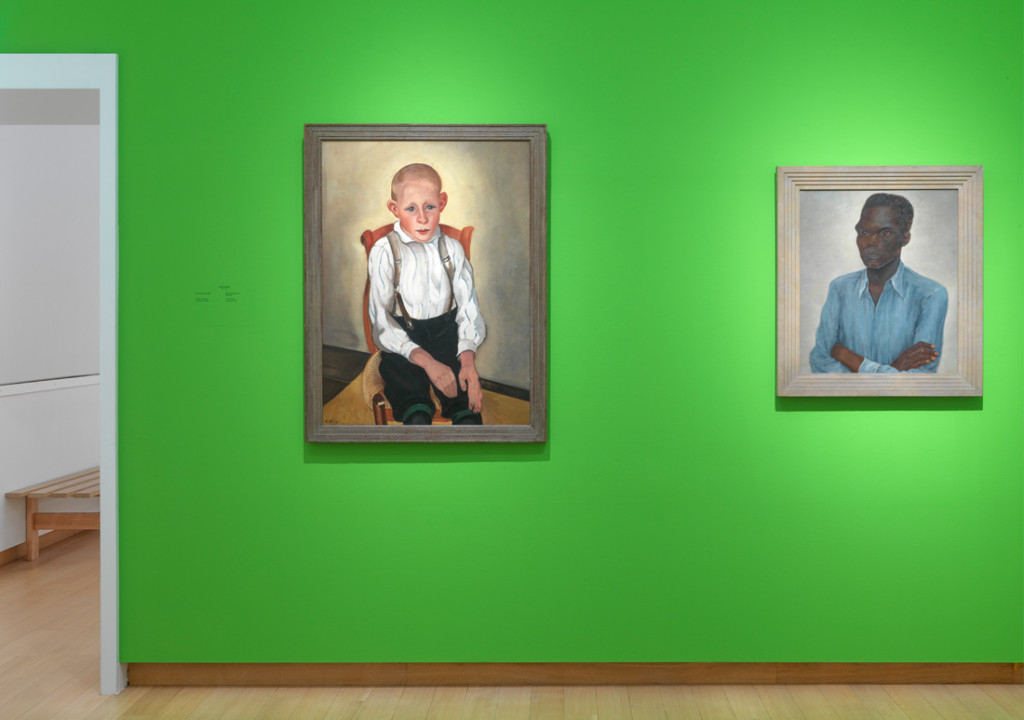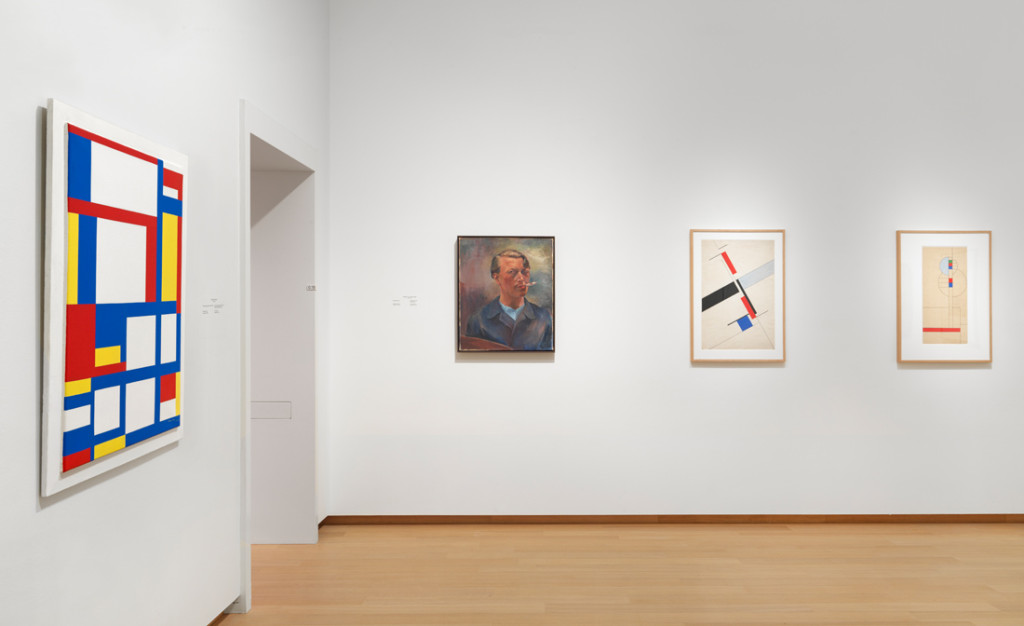Collection
more than 500 works from 1870 until now
Exhibition — Ongoing
The Stedelijk Museum Amsterdam showcases world-famous works and new discoveries in modern and contemporary art and design. Experience the collection in three parts, based on current themes through the years.
Collection 1980 – Now
Tomorrow is a Different Day spotlights art and design from the collection, from 1980 to the present, by international artists and designers who are helping to shape the changes of today and tomorrow. They challenge the status quo and offer alternative perspectives.
With works by Martine Syms, Julie Mehretu, Marlene Dumas, Natasja Kensmil, Igshaan Adams, Carrie Mae Weems, Anne Imhof, Jeff Koons, Nan Goldin, Steve McQueen, and more.
-
- Vincent van Gogh
- Nola Hatterman
- Ettore Sottsass
- Roy Lichtenstein
- Martine Syms
-
- Pablo Picasso
- Le Corbusier
- Barnett Newman
- Marlene Dumas
- Iris Kensmil
-
- Kazimir Malevich
- Agus Djaya
- Yayoi Kusama
- Igshaan Adams
- Farida Sedoc
-
- Karel Appel
- Fré Cohen
- Armand Baag
- Anne Imhof
- Steve McQueen
Collection 1950 – 1980
Everyday, Someday and Other Stories, traces the evolution of art and design from the 1950s to the 1980s. Artists and designers show it was an era of new opportunities and progress, of mass culture, pop culture and consumption, and of critiquing the established order. Featuring well-known and less familiar works from the collection, the presentation tells different stories from diverse perspectives, and shines a new light on the Stedelijk collection.
With works by Armand Baag, Ettore Sottsass, Roy Lichtenstein, Andy Warhol, Barnett Newman, Yayoi Kusama, and more.
Collection until 1950
Yesterday Today shows art and design from around 1880 to 1950. With over 300 works, the exhibition shows how a single art history does not exist, but rather it encompasses many perspectives. Well-known artistic movements are discussed, such as the Amsterdam School, Functionalism, De Stijl, Bauhaus, CoBrA and the avant-garde around Kazimir Malevich and Olga Rozanova. By showing well-known works together with lesser-known highlights, other stories can rise to the surface.
With works by Piet Mondriaan, Charley Toorop, Kazimir Malevich, Gerrit Rietveld, Marlow Moss, and more.
Dig Deeper
Essentials tour
You can easily visit all the must-see essentials of our collection with our free, digital tour which you can follow on your phone.
Audio tour: looking through the eyes of…
Artists, designers or curators share their personal stories of the works on view in each room. The artists and designers tell you why they created the piece, what it means to them, and what they are looking for in their work. The curators talk about what makes a work stand out, and how each piece fits into this new presentation concept.
VIDEOS IN Dutch Sign Language
Watch videos in Dutch Sign Language accompanying artworks in the collection display.

